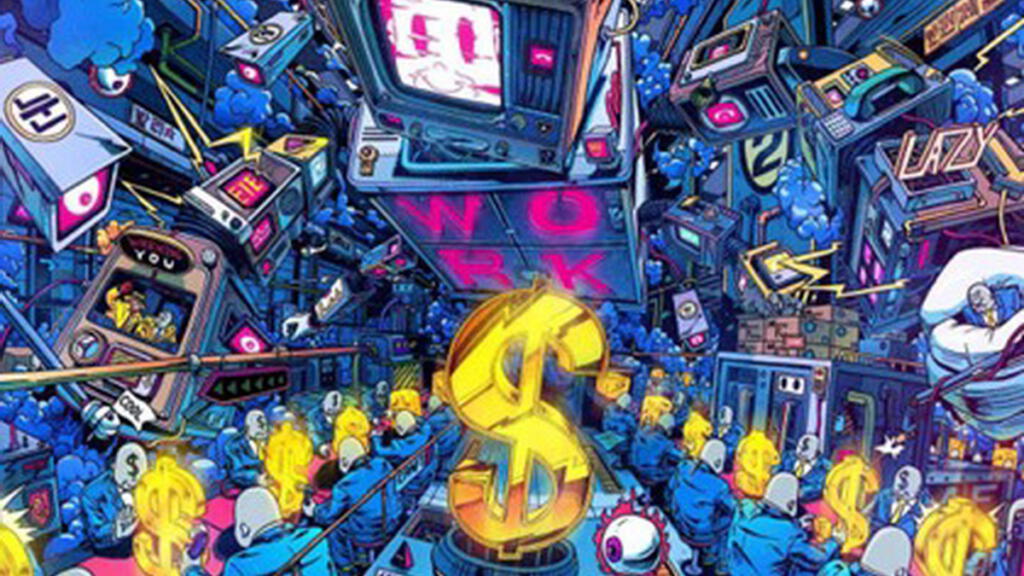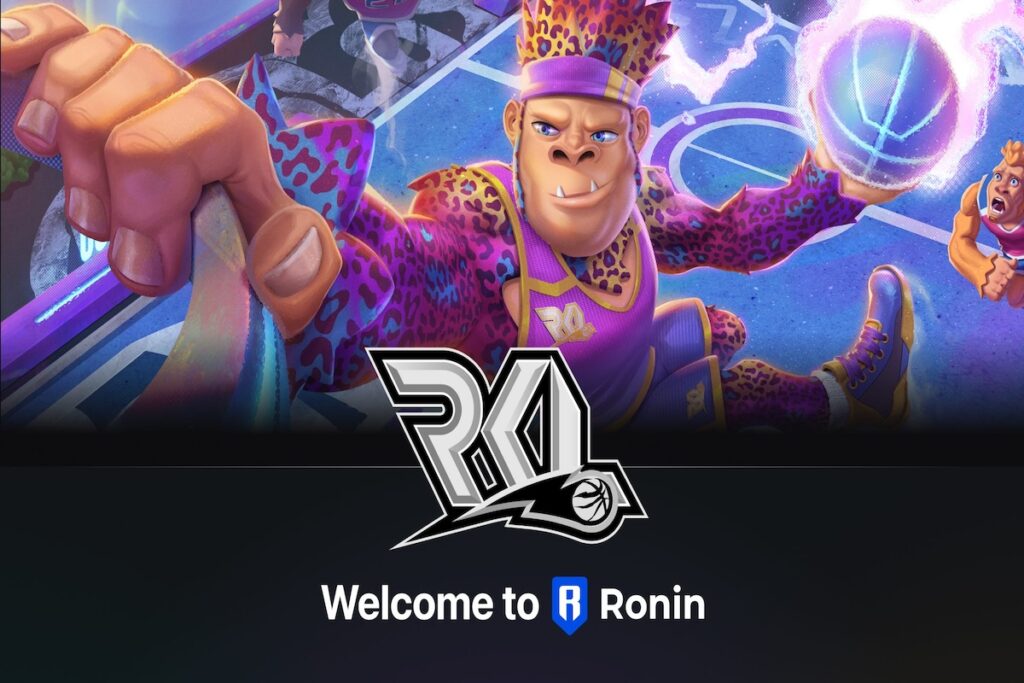As a hot topic and commodity, non-fungible tokens have recently gained traction. Some think they’re ridiculous, while others believe they’re the future of technology. Non-fungible tokens have become a trendy issue, and a hot commodity, in the cryptocurrency industry.
In any event, NFTs are here to stay, so we’ll look at the fundamentals of the notion. For their art to be successful, both artists and investors, strive to make the digital artwork stand out. Moreover, because a limited amount of each NFT is minted, each has its unique identification code.
Creating a language wall around one’s message is part of art’s propaganda strategy. The truth is, it isn’t that hard at all. As an initial point of clarification, an NFT is not an artistic work in and of itself. An NFT, or non-disclosure agreement, can simplify selling paintings. It is possible to make money by selling an image you’ve drawn.
For the most part, “pop culture” refers to anything associated with art and artists. It doesn’t matter if it’s music or photos; the individuals who make these things are the ones who benefit from them. Since NFTs were introduced, many artists’ lifestyles profoundly altered.
POP Culture
NFTs have had a profound impact on how art is viewed and sold. To showcase the Arts, they created a platform that allows users to buy directly with a fixed price or bid if an auction option is there.
Upon successful completion of the transaction, the NFT will be given a unique identifier, making it easier to trace them down in the future. Year after year, huge sums are devoted to various aspects of the arts, including this one.

Tokenization became popular among musicians, and even well-known corporations like Disney issued their own NFTs to raise awareness of their product line and brand identity.
Nike, for instance, took a risk by manufacturing Exclusive sneakers and releasing them as NFTs, which remain exclusive across the market. Limited-edition crypto tokens are becoming more commonplace because of NFTs.
POP Culture status of NFTs
In the middle of February, the POP Culture status of NFTs peaked when memes like “Grumpy Cat” and “Nyan Cat” sold for approximately $83,000 and $600,000, respectively. However, despite some people’s initial dismissal of NFTs as a fad, bitcoin, and the NFT community have been capable of holding their own despite the challenges of the virtual world.
“The Block” reporter Saniya Moore, who graduated from SU in 2019 and currently focuses on cryptocurrencies, believes that NFTs may be popular because they offer an identity to the “binary world” of bitcoin.
As Moore pointed out, “Many people forget that every crypto project has a human behind it.” There is an organized group of people who work together to attain a goal. There is a human side to crypto and blockchain technology that NFTs have demonstrated.”
Afterthought
POP culture and NFTs look to be at the start of a long journey as the metaverse expands.




